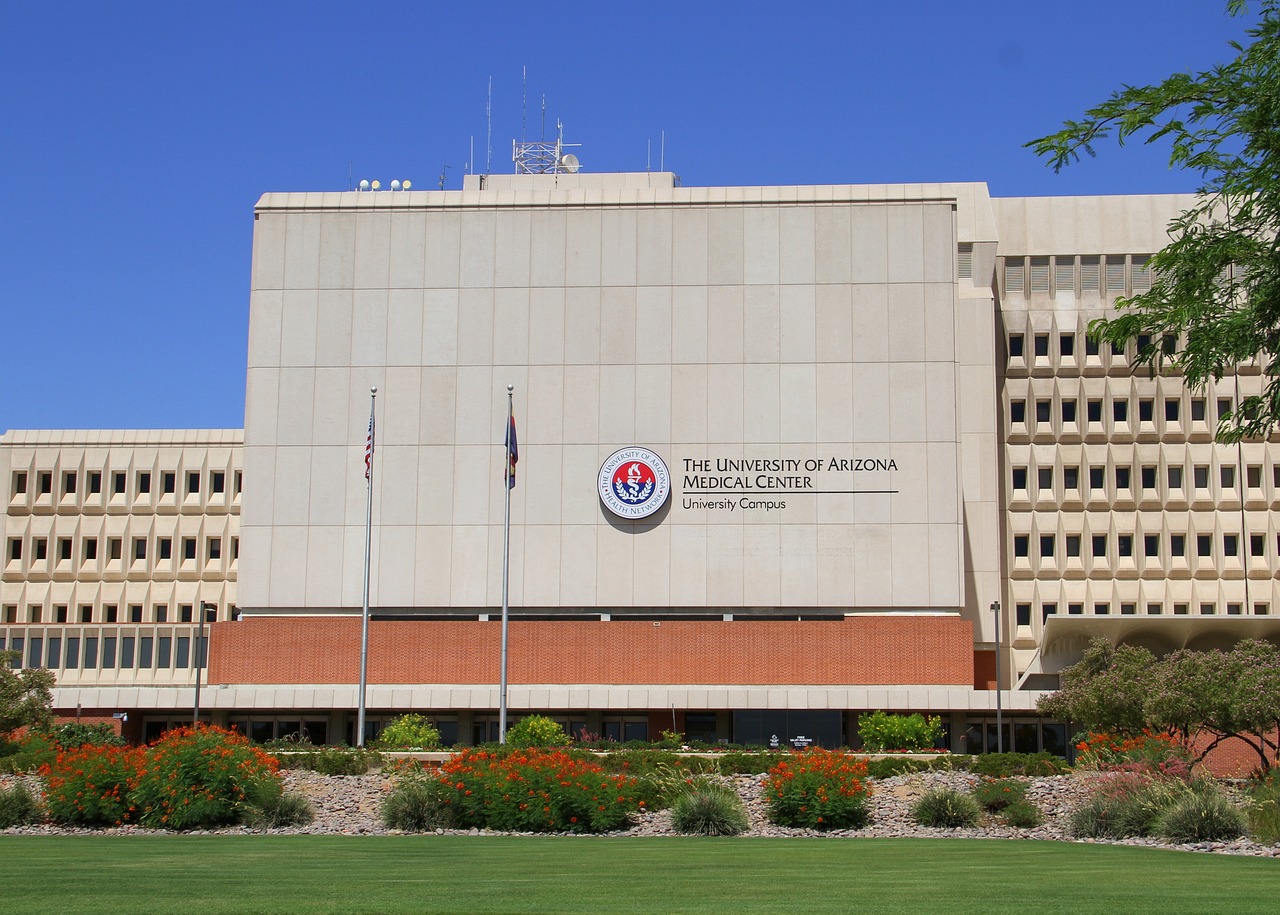
I can’t speak for everyone. But, nowadays, most practices throughout the country feel the pinch of an acute radiologist shortage crunch. For those on the job seeker’s side, the news right now is a mixed blessing. It is excellent for those of you searching for a job. But, once you set your career path, you may notice longer-term issues until the crisis resolves. Here are some of the problems you may encounter once you start working.
New Radiologists Making More At The Expense Of Future Earnings
Most of you probably see some of the advertisements for new radiologists on the web. Starting salaries of 400,000, 500,000, or more are not uncommon. But all this money needs to come from somewhere. Well, it is coming out of the pockets are practices, hospitals, or corporate radiology, to meet the coverage needs of the radiology work that needs completion. It just means that new radiologists are less likely to see the more significant raises they typically get when they achieve parity with the partners or own shares in the practices. Every dollar comes from somewhere!
Larger Stipends From Hospitals Means Increased Dependency
The lack of radiologists also means that hospitals are committed to ensuring that radiologists stay in the fold. Commonly, hospitals are issuing increasing stipends to practices throughout the country. Unfortunately, this process increases the dependency of radiologists on the hospital and not their work. So, when conditions change (and they certainly will at some point!), it can make it all the more painful when hospitals pull the rug out from the radiologist and stop issuing stipends upon leaner times. Eventually, hospitals are more likely to be able to take over lesser well-run practices. Too much dependency on other institutions is not ideal for the solvency of radiologists in the long run!
Unending Work And Shift Coverage
Sure, extra work is great when you are starting and are hungry for more business and money. But as you get along over time, the extra work is not so desirable. Many of you will likely have families and other obligations to which you will attend. Nevertheless, the streams of work keep on flowing to no end. And who will be covering all this work? Most likely you, whether you like it or not!
Shortage Crunch Increasing Long-Term Competition And Midlevels
I’m all for physician assistants, nurse practitioners, and other mid-levels to help the radiologist. However, suppose radiologists cannot meet the demands of the radiology world. In that case, different professionals will likely replace our roles due to a lack of ability to meet the needs of today’s imaging. These include increasing independent procedures and reads performed by these helpers. In addition, it also makes us more likely to lose work to other physicians. Cardiologists, urologists, and neurologists are just some physicians who would be happy to take over some of our business. Over the long run, this situation does not bode well for radiology practices.
More Films Going Unread And Increasing Liability
With the inability to command more staffing, more films will go unread. Patients will have more complications from a lack of appropriate imaging workups. And this can all lead to increased liability for radiology practices that are obligated to read all the films promptly. An incomplete workforce of radiologists hampers medical care and increases the potential for lawsuits!
The Shortage Crunch Continues!
Although I do not have a crystal ball, I don’t see an abrupt end to this acute radiologist shortage crunch; The imaging loads increase every year with new technologies and the increasing age of our population. The numbers of new radiologists are not significantly increasing to meet the demands. And it takes ten years to create new radiologists starting from the beginning of medical school, so creating more radiologists is like turning a large aircraft carrier- it takes forever. Moreover, based on recent experiences with artificial intelligence, it has not replaced us or made us significantly more efficient. If these trends continue, we will continue to dive into the abyss of a shortage crunch. Good news, we’ll all be in high demand. Bad news, these pressures will probably continue for years to come!









